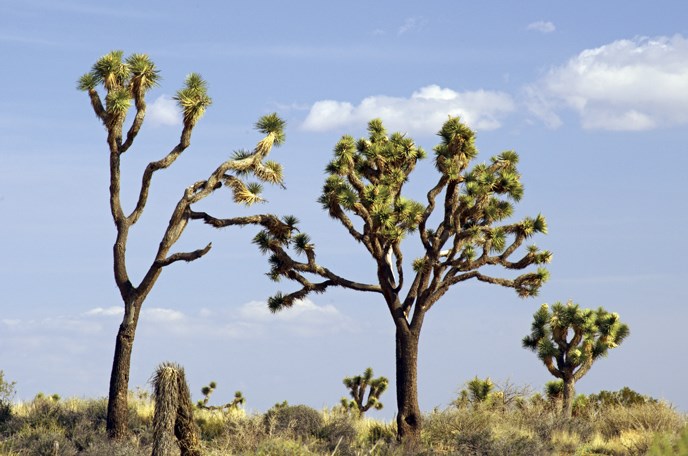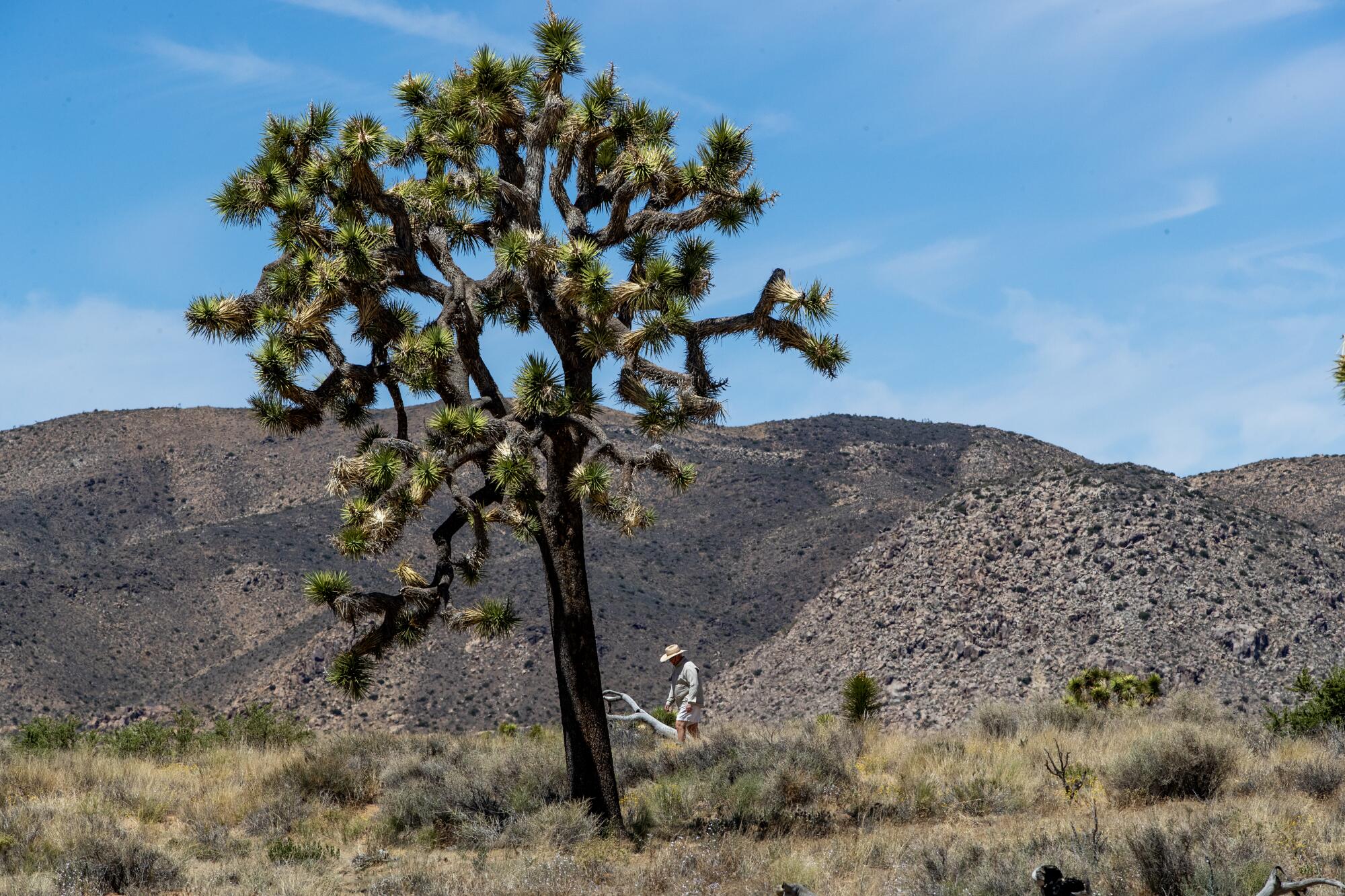Navigating the Desert Oasis: Unraveling the Water Secrets of Joshua Trees
Nestled in the arid expanse of the Mojave Desert, Joshua trees stand as stoic sentinels, seemingly defying the harsh conditions of their surroundings. One of the most intriguing aspects of these iconic plants is their ability to secure water in an environment where every drop is precious.
Advertisement
Shallow Roots, Far-reaching Networks
Joshua trees boast a remarkable adaptation in the form of a shallow root system that extends laterally for more than an astonishing 36 feet. This wide-reaching network allows the trees to quickly absorb moisture from the scant rainfall and dew that graces the desert landscape.
Despite the arid conditions, these trees have evolved to maximize their surface-level water intake.
Advertisement
Tapping into Deep Reserves

Photo Credit: National Park Service
Beyond the surface, Joshua trees possess an equally remarkable capability: their roots can tap into local groundwater sources. These sources, hidden beneath the earth’s surface in aquifers, may reach depths of several hundred feet.
This unique adaptation allows Joshua trees to access water reserves that lie far beyond the reach of their shallow roots, securing a vital lifeline in the desert’s challenging environment.
The Depths of Joshua Tree’s Aquifers
The water in Joshua Tree resides in underground aquifers, concealed beneath the desert’s rugged terrain. The depth to water in the Joshua Tree subbasin has been measured, revealing a fascinating aspect of the desert’s hydrogeology.
In the middle of the subbasin, the depth to water is approximately 47 feet.


Leave a Reply